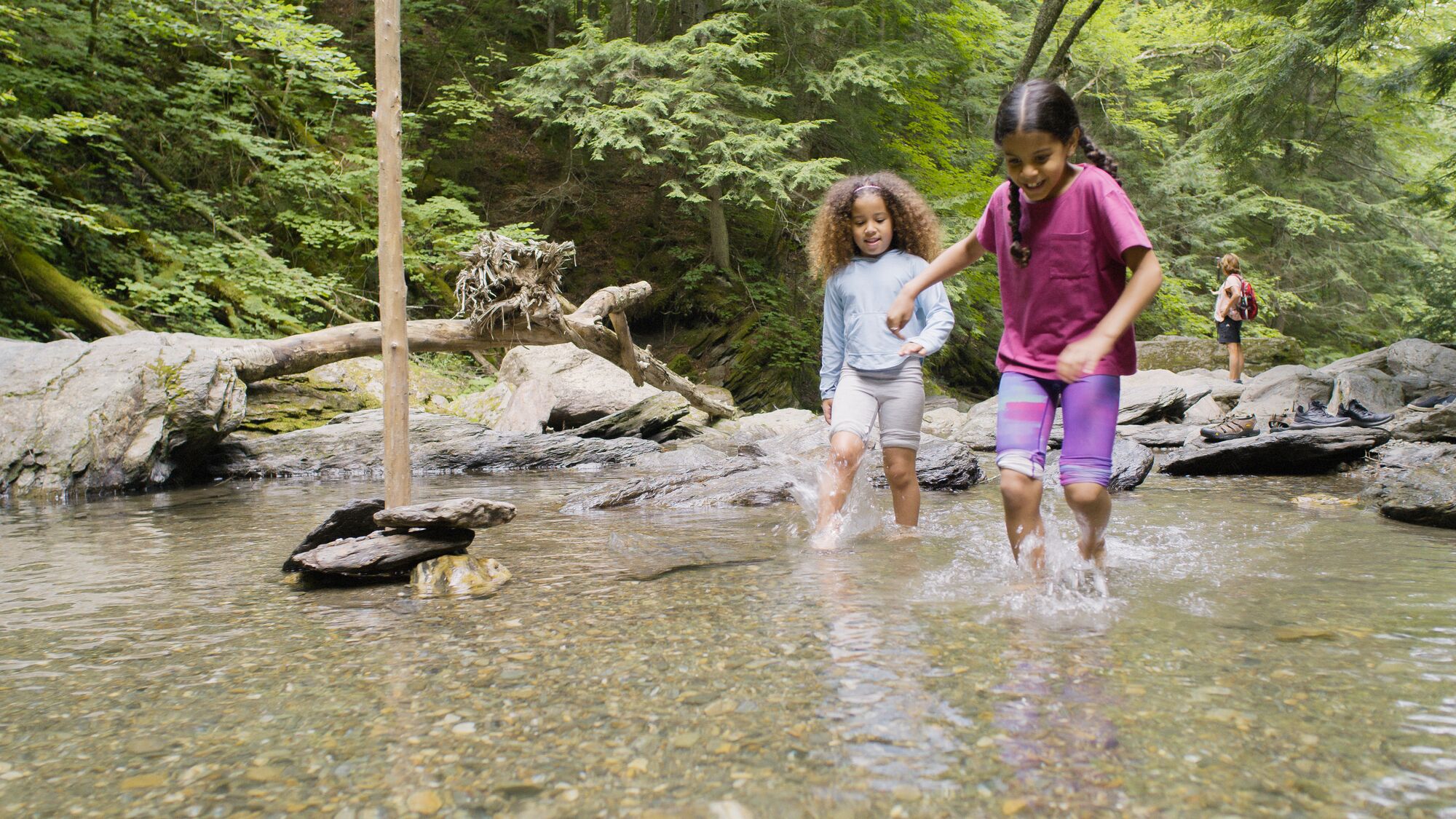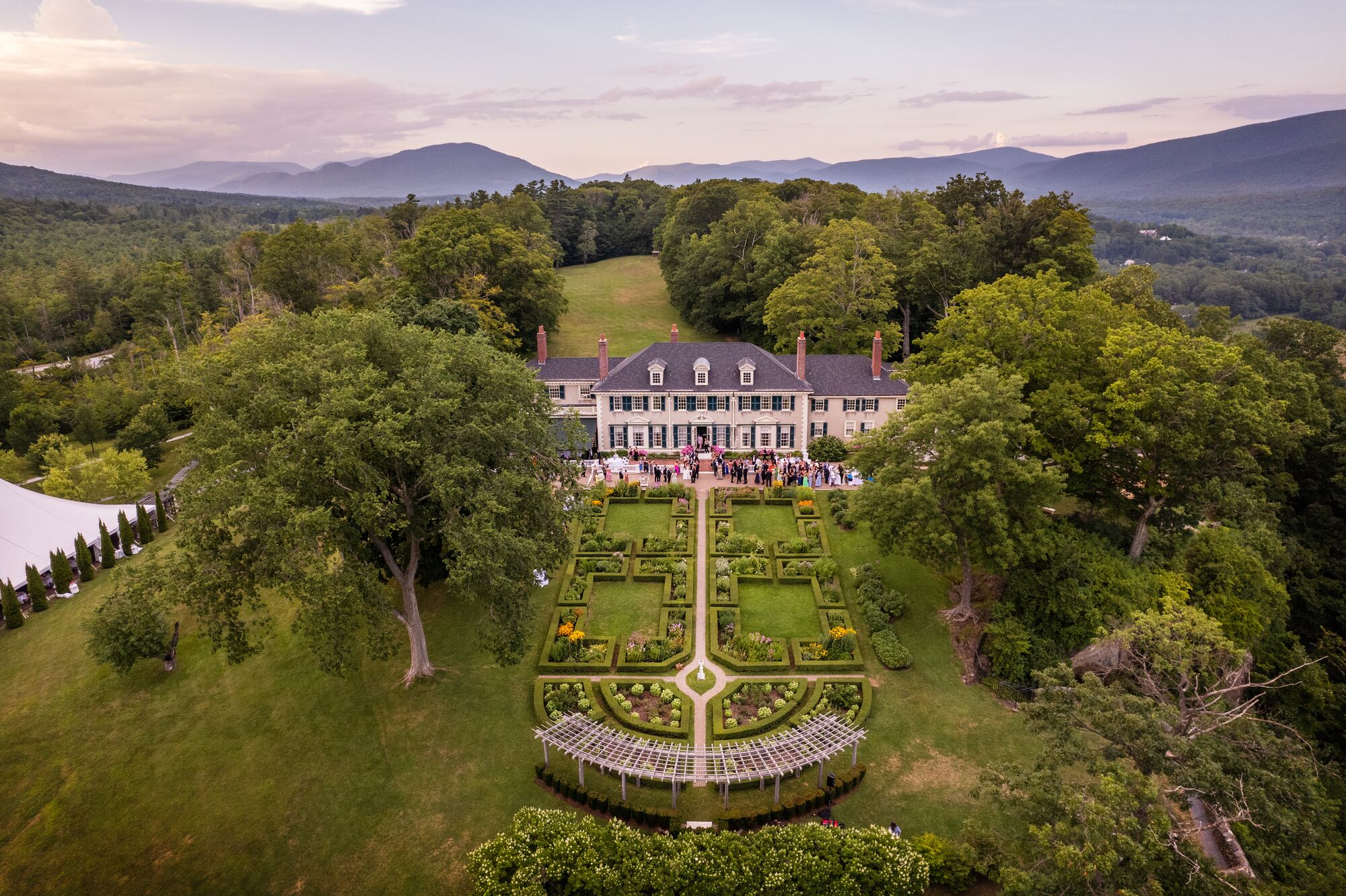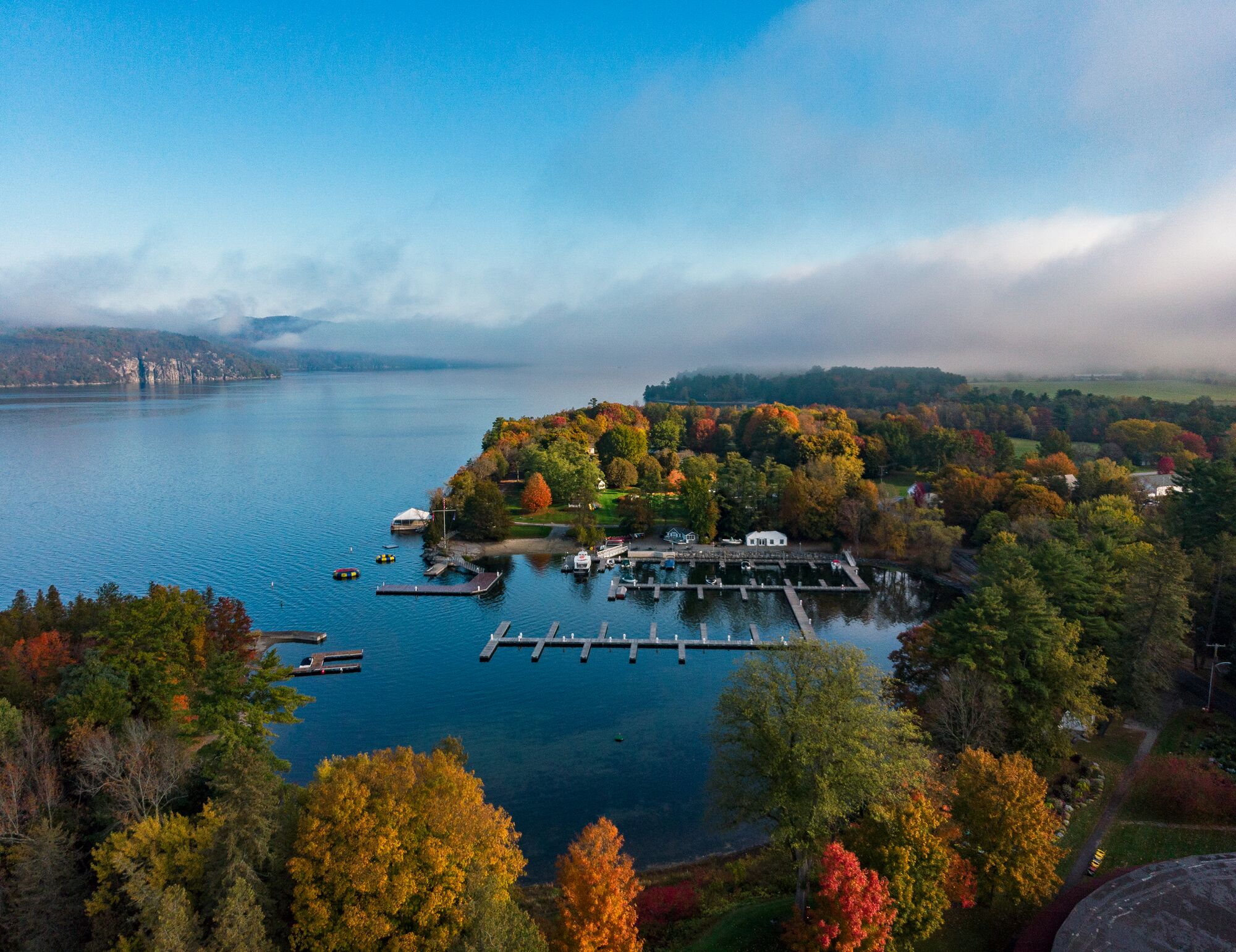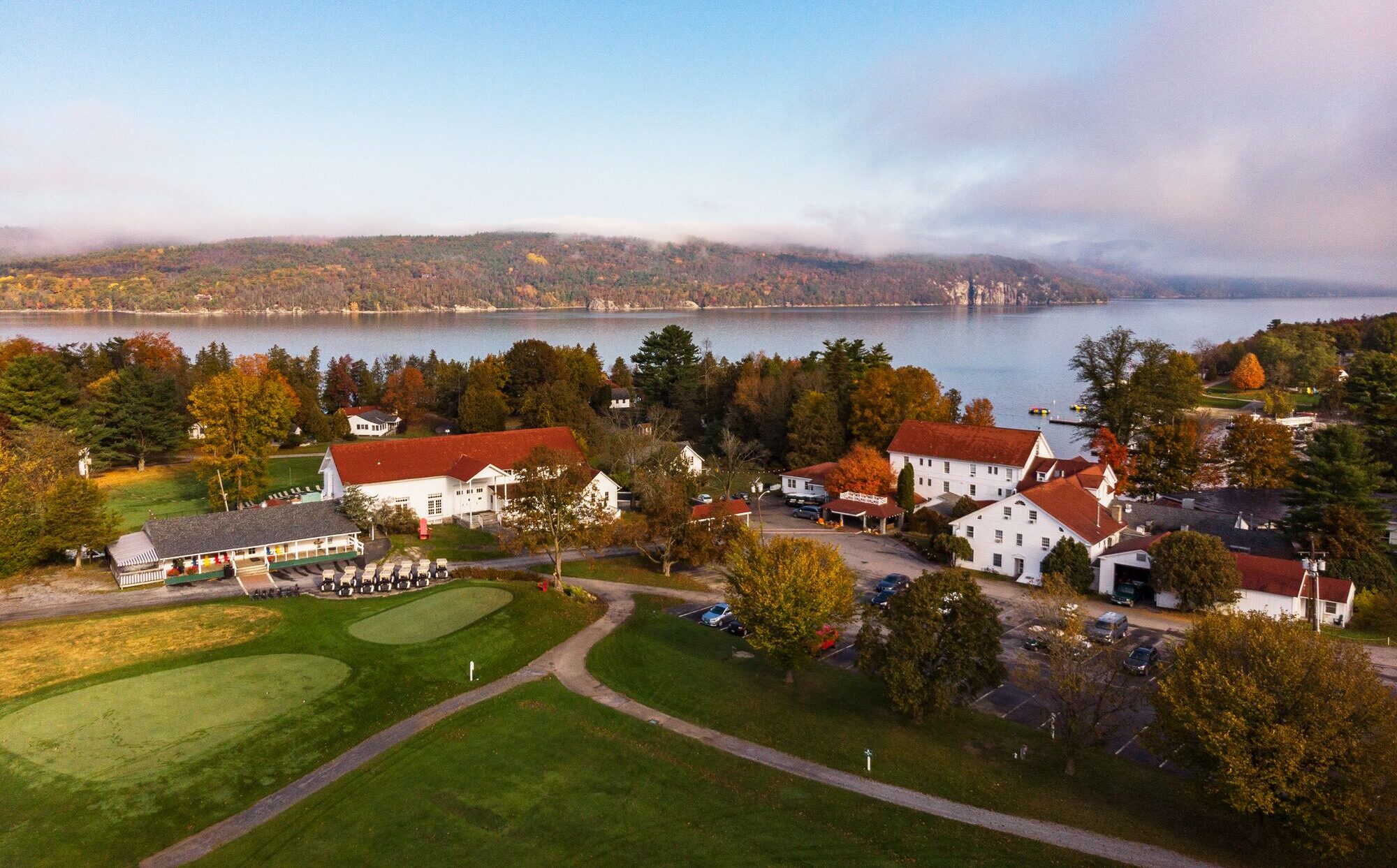Covered Bridges
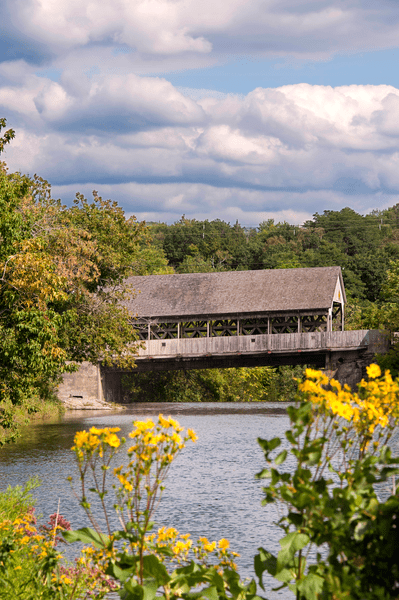
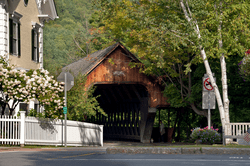
Vermont Has Bridges Covered
100 Covered Bridges in Vermont
Covered bridges in Vermont date from 1820 (the original Pulp Mill Bridge across Otter Creek in Middlebury), with most constructed during the mid– and late 19th century. Among them is the Cornish-Windsor Covered Bridge that spans the Connecticut River between Windsor, Vermont and Cornish, New Hampshire. At 460 feet, it is the longest two-span covered bridge in the world and the longest wooden bridge in the United States. Woodstock’s classic red Taftsville Covered Bridge spans the rushing Ottauquechee River. Vermont’s covered bridges are the settings for history, weddings, scenic drives, beautiful photography, and memories that will last a lifetime.
Vermont’s covered bridges used to be known as “kissing bridges” due to the moments of privacy they afforded courting couples riding through in a horse-drawn carriage.
Must-See Bridges
New England covered bridges make for a classic sight on a scenic drive. Vermont is home to 100 covered bridges, and most are owned by towns and continue to be part of road systems. As bridges are maintained, the Vermont Agency of Transportation oversees all work to ensure maintenance is in keeping with the bridges’ historic status.
Coburn Covered Bridge
This East Montpelier bridge has spanned the Winooski River since 1851 and is part of the National Registry of Historic Places.
Great Eddy Covered Bridge
Built in 1833, the Great Eddy Covered Bridge in Waitsfield is one of Vermont’s oldest bridges. It was admitted to the National Registry of Historic Places in 1974.
Emily’s Bridge
This Stowe covered bridge is reportedly haunted, with stories of a jilted lover returning periodically.
Taftsville Covered Bridge
This bright red covered bridge, built in 1836, welcomes visitors to the town of Woodstock, spanning the Ottauquechee River.
A.M. Foster Covered Bridge
This picturesque bridge set in the heart of Cabot, Vermont offers a beautiful mountain overlook behind.
West Arlington Covered Bridge
This 80-foot bridge, built in 1852, is just a few miles outside of downtown Arlington and, paired with an adjacent church, make for a quintessential New England scene.
Cornish-Windsor Covered Bridge
The longest two-span covered bridge in the world connects Vermont to New Hampshire.
Vermont’s Covered Bridges
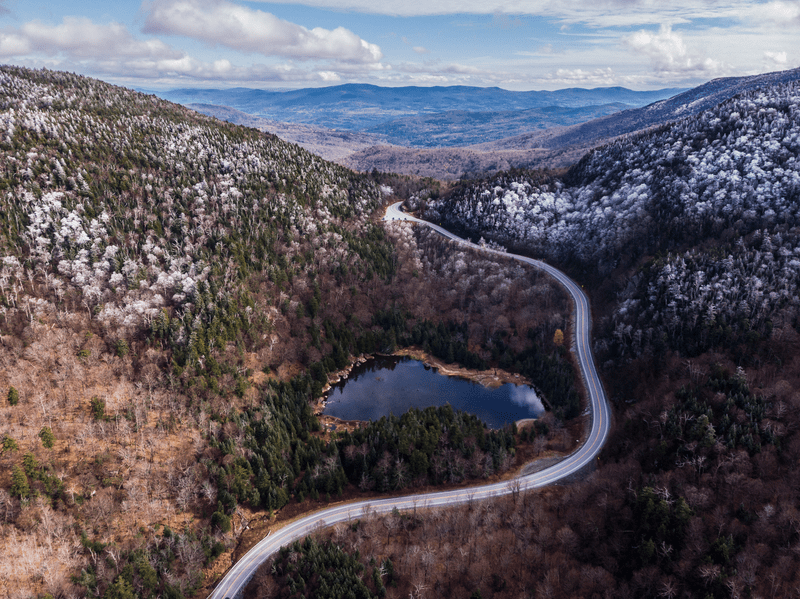
Explore the Open Road
Scenic Drives in Vermont
The best way to travel the state is by touring roads that meander through mountains and meet in valleys, including 10 federally designated scenic byways and a myriad of back roads, toll roads, and scenic routes. There are 100 covered bridges still in use today that add character to Vermont’s roads; photographing or driving through them is part of exploring the Green Mountain State. Covered bridges are easy to find; some are even visible from Interstate routes. Whether you use the map to plan a route with as many covered bridges as possible or enjoy the experience of driving through just one or two, no Vermont road trip is covered without a bridge.
